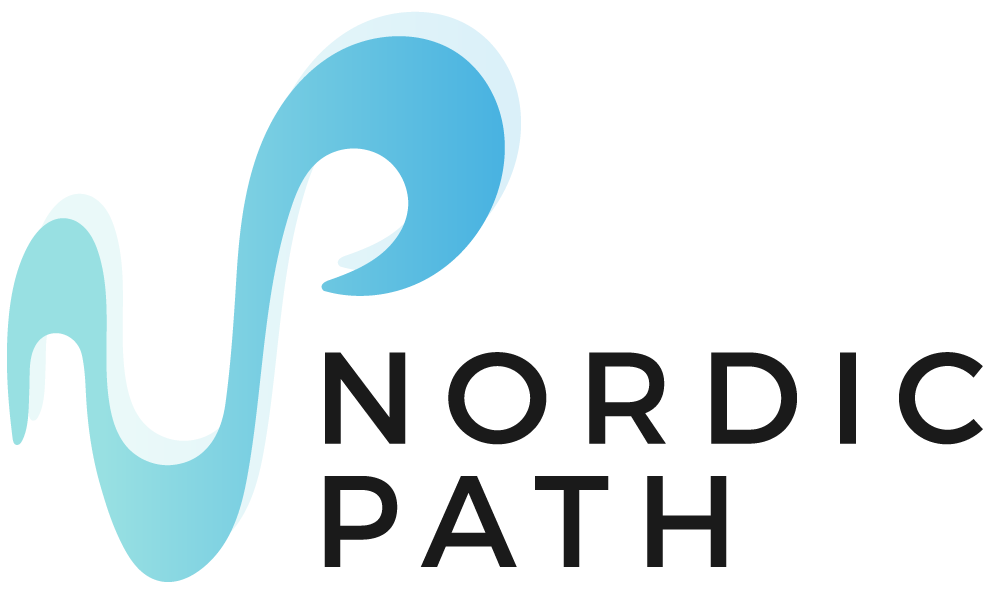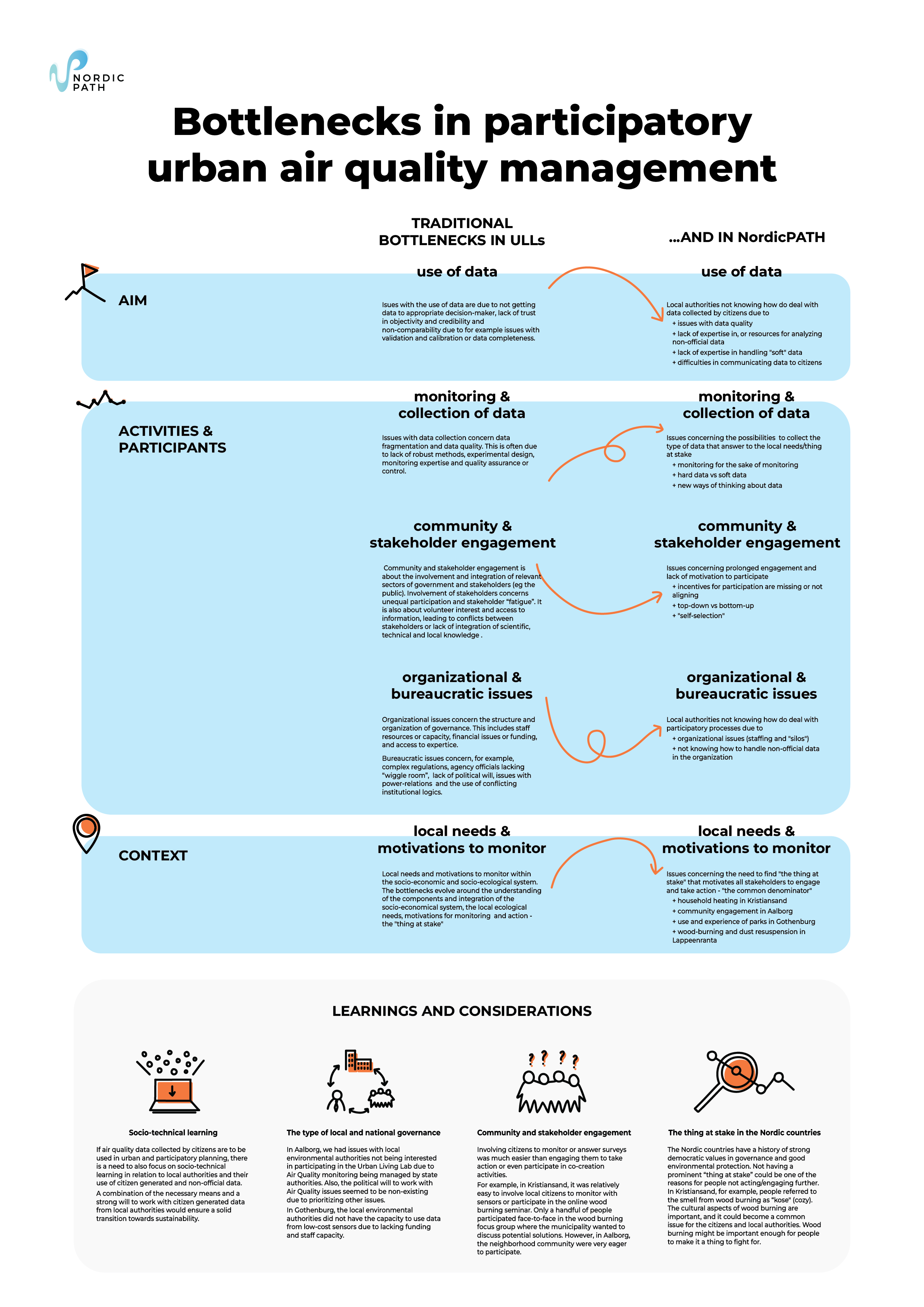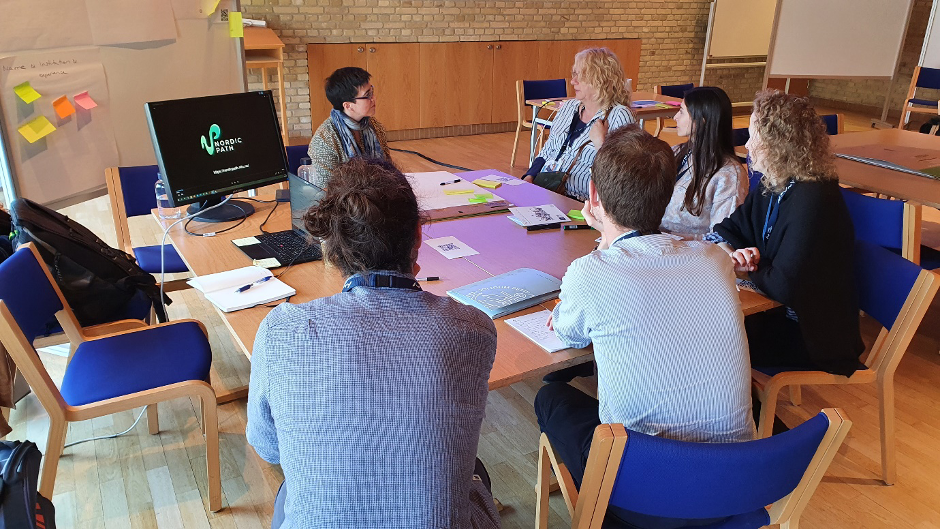The last issue of the scientific journal Environmental Science and Technology contains a paper on the learnings from the NordicPATH project. The paper, written by NILU, presents some of the results of using low-cost air monitoring sensors in our Urban Living Lab in Kristiansand (Norway) as part of the project activities. Here is the paper abstract:
“Conventional monitoring systems for air quality, such as reference stations, provide reliable pollution data in urban settings but only at relatively low spatial density. This study explores the potential of low-cost sensor systems (LCSs) deployed at homes of residents to enhance the monitoring of urban air pollution caused by residential wood burning. We established a network of 28 Airly (Airly-GSM-1, SP. Z o.o., Poland) LCSs in Kristiansand, Norway, over two winters (2021–2022). To assess performance, a gravimetric Kleinfiltergerät measured the fine particle mass concentration (PM2.5) in the garden of one participant’s house for 4 weeks. Results showed a sensor-to-reference correlation equal to 0.86 for raw PM2.5 measurements at daily resolution (bias/RMSE: 9.45/11.65 μg m–3). High-resolution air quality maps at a 100 m resolution were produced by combining the output of an air quality model (uEMEP) using data assimilation techniques with the network data that were corrected and calibrated by using a proposed five-step network data processing scheme. Leave-one-out cross-validation demonstrated that data assimilation reduced the model’s RMSE, MAE, and bias by 44–56, 38–48, and 41–52%, respectively.”
Here, you can read the full paper.

 (Click on the image to zoom in)
(Click on the image to zoom in)
 (Click on the image to zoom in)
(Click on the image to zoom in)